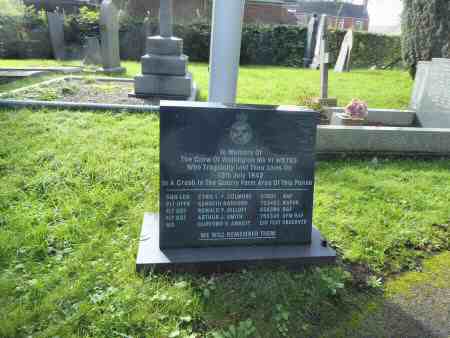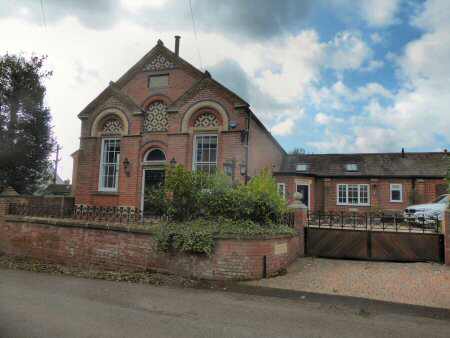STANLEY
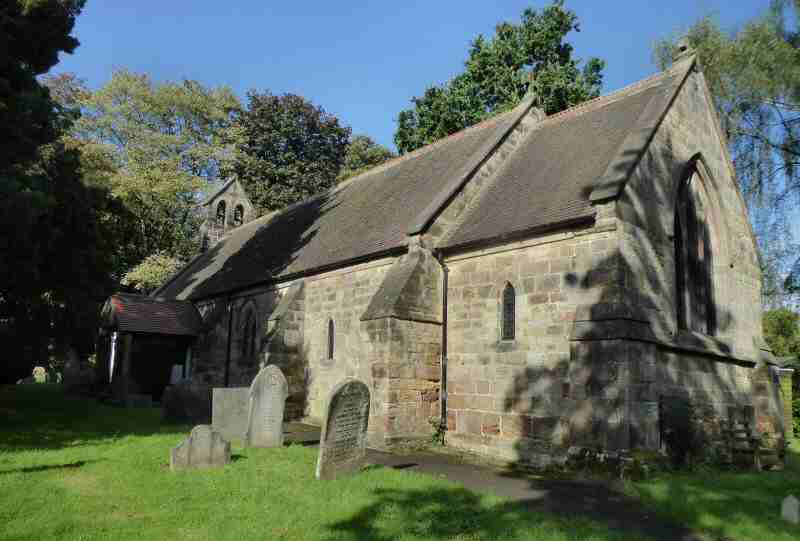
INFORMATION
Where is it? – Midway between Derby and Ilkeston (SK422408)
What to do? – Take a walk around the village and visit St Andrew’s Church where the churchyard contains a memorial to the five aircrew who lost their lives when an experimental high-altitude RAF Wellington Bomber disintegrated above Stanley in 1942 – visit Stanley Common a separate village a short distance to the north – Station House Garden Centre, Station Road.
Where to eat? – The White Hart attractive country public house. For further information: Telephone 01158 374570 or visit www.whitehartderby.co.uk.
Other places to visit – Visit Ilkeston the third largest town in Derbyshire which stands on top of a hill above the Erewash Valley. Time your trip to visit the large open-air market and Erewash Museum (Telephone: 0115 907 1148 or visit www.erewashmuseum.co.uk) – Shipley Country Park contains over 600 acres of attractive parkland with lakes, woodlands and miles of footpaths and bridleways. There is a Visitor Centre with a countryside gift shop and café. For further information: Telephone 01629 533991 or visit: countrysideservice@derbyshire.gov.uk – Bennerley Viaduct is a Grade II* listed railway viaduct built in 1877 that crosses the River Erewash and connects Ilkeston to Awsworth. Considered by Historic England as a ‘stunning example of the genius of British Engineering.’ At over a quarter of a mile long, it is the longest wrought iron viaduct in the country.

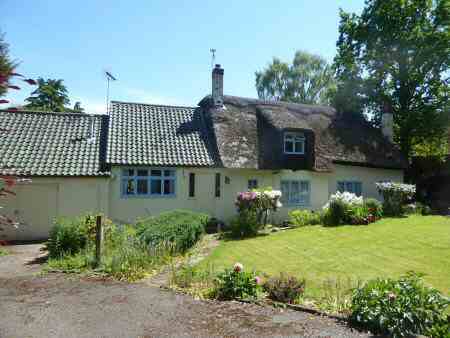
PROFILE
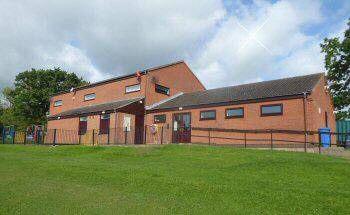
Situated midway between Derby and Ilkeston, Stanley may well have been a Saxon settlement and is thought to have had a Saxon Church. Originally an agricultural village, but by the late 19th Century the main local employer was the coal industry. The last local colliery, the ‘Stanley Pit’ ended deep seam mining in 1959 and closed altogether in 1961. There was also some employment in brickmaking and quarrying. Stanley railway station was opened in 1876 by the Great Northern Railway but was renamed West Hallam to avoid confusion with another station on the line. The station closed in 1964 shortly after the closure of the pit.
A large number of public footpaths and bridleways start from the village and with regular through bus services from Derby and Ilkeston it is an attractive destination for walkers. The village hall which has been upgraded in recent years provides an important meeting place for villagers. An annual gala takes place in the village.
STANLEY GRANGE FARM
The present farm was developed on the site of a former monastic farm that belonged to Dale Abbey. Remnants of earlier buildings can still be found on the farm. In the 17th century, it was at one time a Catholic School but suffered religious persecution. It was raided three times, the second time in 1637 after questions had been asked about the school in the House of Commons. Five years later it was the subject of a search for Royalist arms.
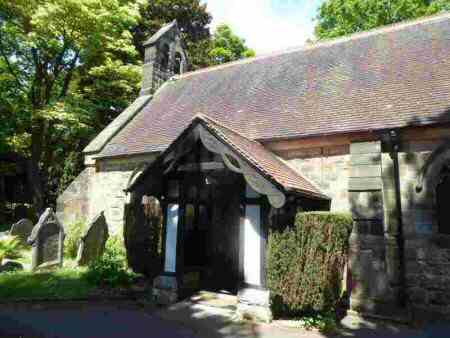

ST ANDREW’S CHURCH
St Andrew’s Church dates from the 12th century and stands on what is believed to be the site of an Anglo-Saxon church. Before the Reformation, the church belonged to Dale Abbey and it is claimed some of the stone from Dale Abbey is incorporated in the church. It contains a few Norman remnants, but it was greatly restored in 1876. Inside it has an interesting Jacobean pulpit and screen and a font that dates from the 14th century. The attractively designed church gates commemorate Queen Victoria’s Golden Jubilee of 1887. The churchyard holds a memorial to the occupants of an experimental high-altitude RAF Wellington Bomber who lost their lives when the aircraft disintegrated above the village in 1942 following a loss of cabin pressure.

WAR MEMORIAL
The concrete base of the War Memorial was given to the village by the Mapperley Colliery Company. Engravings on the memorial show the names of the six men from the village who died in the First World War and aptly described as ‘Heroes All For Us They Died’. On the top step is a marble tablet with the names of those lost in the Second World War.
CRUCK COTTAGE
Next to the church is a 15th-century cruck-framed cottage. The cruck was discovered during renovation work when detailed drawings were made and submitted to the Derbyshire Archeological Society. It is also one of only a few thatched buildings in the Borough of Erewash. To the rear of the cottage is the old vicarage.
VILLAGE SHOP
The Post Office is now housed in The Village Shop on Station Road. With so many small villages including some much larger ones having no village shop, it is pleasing to see Stanley has retained its traditional village store.

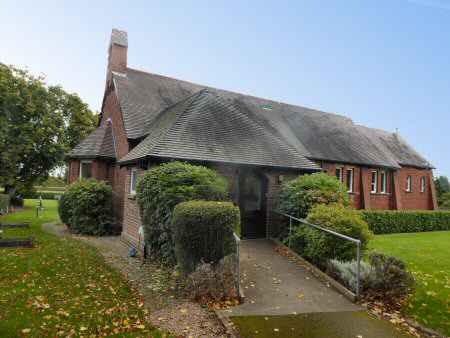
WHITE HART
The pretty White Hart public house is situated at the junction where Derby Road changes to Station Road. Originally, it was a row of cottages before being converted into a public house. A former landlord transformed it into something akin to a hunting lodge frequented by members of the Earl of Harrington Hunt when hunting ‘meets’ were held there. The reverse happened to the Bridge Inn which was converted into a residential property.
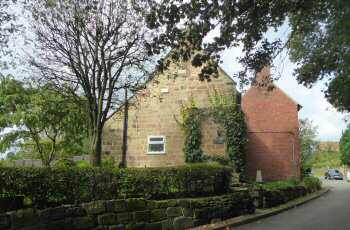
STANLEY BUILDING BLOCK
The whereabouts of the sandstone quarry in the village, which used to be 100 feet deep is still evident on close inspection. Despite having been filled in once it was no longer operational. Originally the sandstone was quarried for use as a very fine polishing stone and was exported as far as India. In 1929, it was found the waste produced could be used to manufacture concrete building blocks known as the Stanley Building Block. Several houses in the village have been built using this block as well as others in Derby the main concentration being in Chaddesden and Allenton.
STANLEY COMMON
Stanley Common is a separate village about one mile north of Stanley Village. It is part of the Stanley and Stanley Common Local Government Parish and since 1974, it has been part of the Borough of Erewash and has the larger population of the two villages. The Anglican church of All Saints was built in 1913 and in 2003 merged with the congregation of Stanley Common Methodist Church and became the United Church of All Saints. There is a post office in the village and the Batemans Arms.
